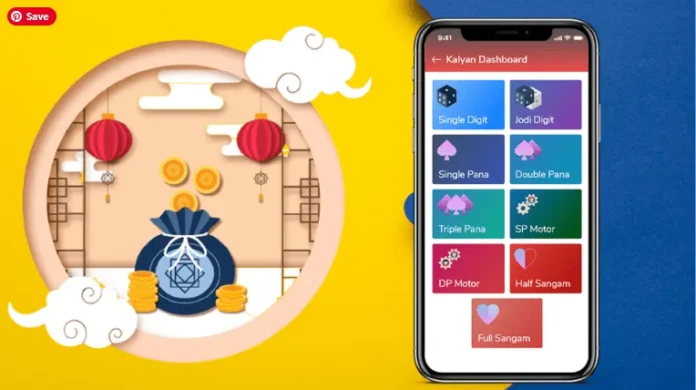Colour prediction games are becoming a huge online trend for those who enjoy mixing fun with the chance of winning rewards. These games are simple, quick, and can even let you earn real cash with correct predictions. But before jumping into the action, you need to register—and that’s exactly what this guide will help you with.
Whether you’re a beginner or just unsure of the signup process, this step-by-step guide covers everything you need to know.
What is a Colour Prediction Game?
A colour prediction game is an online game where players guess the outcome of colours—most often red, green, or violet—that appear after a countdown timer. If your prediction matches the result, you win rewards or bonuses.
These games run 24/7 in real time, making them perfect for short, engaging breaks. Among the many platforms, Diuwin Game stands out thanks to its smooth interface, real-cash prizes, and quick registration process.
Step-by-Step Registration Guide
Step 1: Select a Trusted Platform
Choose a reliable and secure platform or app with positive reviews and clear policies. Avoid suspicious websites that might misuse your data.
Step 2: Access the Official Website or App
You can:
- Visit the official website in your browser, or
- Download the app from its verified source (most aren’t on Play Store).
Step 3: Click on “Register” or “Sign Up”
On the homepage, find the Register, Sign Up, or Create Account button and click to open the form.
Step 4: Enter Basic Details
You’ll need to provide:
- Mobile number (for OTP verification)
- Password (for login)
- Referral code (optional, for bonuses)
- Name or username (optional)
Step 5: Verify with OTP
Enter the OTP sent to your mobile number. Once verified, your account will be activated.
Step 6: Log In & Set Up Profile
Log in using your mobile number and password. Some platforms may ask you to complete your profile, but this step is optional.
Step 7: Add Funds (Optional but Recommended)
To start playing real-money games, add funds via:
- UPI (Google Pay, PhonePe, Paytm)
- Net banking
- Debit/credit cards
Always start with a comfortable amount and play responsibly.
Tips Before Playing
- Check withdrawal rules: Some sites require a minimum number of rounds.
- Use bonuses wisely: Many platforms give welcome rewards for safer initial bets.
- Start small: Learn the game with smaller predictions before betting big.
Why Are Colour Prediction Games Popular?
Their popularity comes from their simplicity. No strategies or skills are needed—just intuition and luck. Rounds finish in under a minute, making them quick, lightweight, and addictive fun.
Final Thoughts
Now that you know how to register, you’re ready to explore the exciting world of colour prediction games. A great option to try is the Sikkim Game, known for its clean design, secure withdrawals, and smooth gameplay.
Always remember: while these games are fun and rewarding, play responsibly. Set daily limits and avoid chasing losses.
So, pick a trusted platform, complete your quick registration, and start predicting colours for entertainment and rewards!
